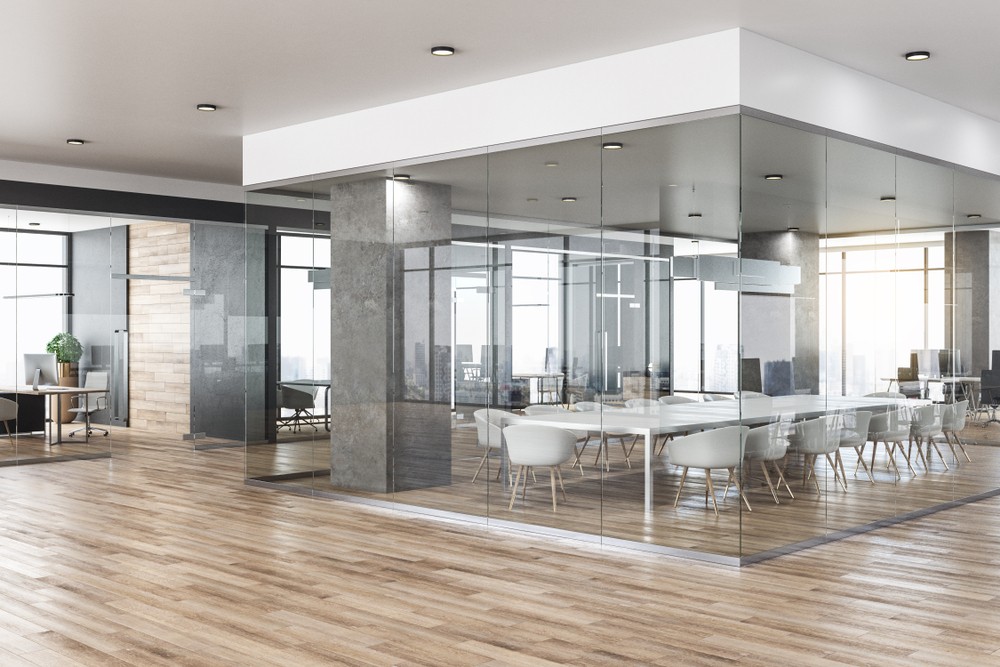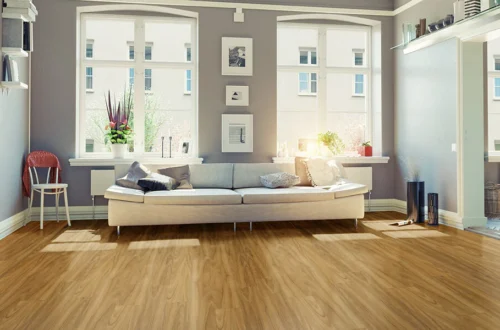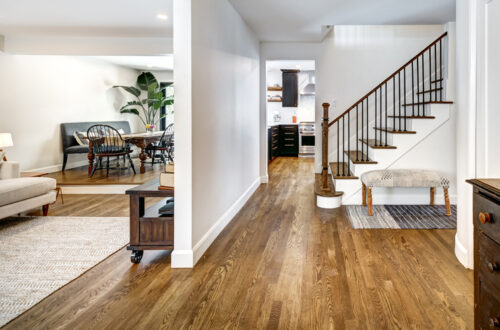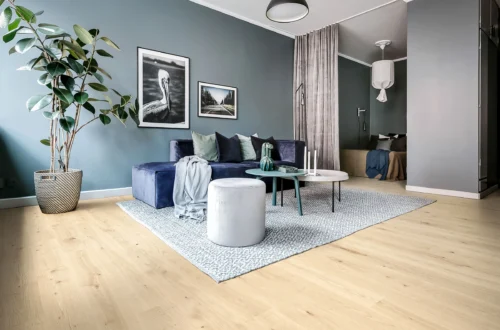
Commercial Rubber Flooring Solutions for Retail Stores
Retail stores face unique challenges when it comes to flooring. High foot traffic, the need for durability, and aesthetic appeal are just some of the factors that store owners must consider. Among the various flooring options available, Commercial Rubber Flooring has emerged as a top choice for retail environments. In this post, we will explore the benefits of commercial rubber flooring, its applications in retail settings, and how it can enhance the shopping experience while maintaining cost-effectiveness.
Why Choose Rubber Flooring for Retail Stores?
Rubber flooring is a versatile and durable solution, making it ideal for retail spaces. Here are some compelling reasons why retailers are increasingly opting for rubber flooring:
1. Durability
Rubber flooring can withstand heavy foot traffic without showing signs of wear and tear. Its resilience makes it perfect for busy retail environments where floors are subjected to constant movement from customers and staff.
2. Slip Resistance
Safety is paramount in retail spaces. Rubber flooring offers excellent slip resistance, reducing the risk of accidents and ensuring a safer environment for shoppers and employees alike.
3. Comfort
Retail staff often spend long hours on their feet. Rubber flooring provides cushioning and reduces strain, making it a more comfortable choice compared to harder surfaces like tile or concrete.
4. Noise Reduction
In bustling retail stores, noise control is crucial for creating a pleasant shopping experience. Rubber flooring absorbs sound, minimizing noise from footsteps, carts, and other activities.
5. Aesthetic Versatility
Available in a wide range of colors, textures, and patterns, rubber flooring can be customized to complement a store’s branding and interior design.
6. Eco-Friendly Options
Many rubber flooring products are made from recycled materials, making them an environmentally friendly choice. Additionally, rubber’s longevity reduces the need for frequent replacements, further decreasing environmental impact.
7. Easy Maintenance
Rubber flooring is resistant to stains, water, and most chemicals, making it easy to clean and maintain. This is especially important in retail spaces that require a polished look at all times.
Types of Rubber Flooring for Retail Spaces
Rubber flooring comes in various forms, each suited to different retail applications:
1. Rubber Tiles
- Benefits: Easy to install and replace, available in modular designs.
- Ideal For: Small to medium-sized retail stores, areas with intricate layouts.
2. Rubber Rolls
- Benefits: Seamless appearance, ideal for large spaces.
- Ideal For: Department stores, supermarkets, and large retail outlets.
3. Interlocking Rubber Flooring
- Benefits: Quick installation without adhesives, highly customizable.
- Ideal For: Temporary retail setups or pop-up shops.
4. Textured Rubber Flooring
- Benefits: Enhanced slip resistance and aesthetic appeal.
- Ideal For: Entrance areas, staircases, and zones prone to spills.
Applications of Rubber Flooring in Retail Stores
1. Entrance Areas
Rubber flooring’s durability and slip resistance make it ideal for high-traffic entry points. It can withstand dirt, moisture, and the wear caused by constant foot traffic.
2. Sales Floors
On the main shopping floor, rubber flooring provides comfort for customers and staff while enhancing the store’s aesthetic appeal. Its noise reduction properties also contribute to a calm shopping atmosphere.
3. Checkout Counters
Employees spend significant time at checkout counters. Rubber flooring’s cushioning effect can reduce fatigue and improve productivity.
4. Backrooms and Storage Areas
Rubber flooring’s durability and resistance to heavy loads make it a practical choice for backrooms where stock is stored and moved.
5. Changing Rooms
In clothing stores, rubber flooring can create a clean, comfortable, and non-slip surface for customers trying on outfits.
6. Cafés and Food Areas
Rubber flooring’s stain and water resistance make it a suitable choice for in-store cafés or snack areas.
Design Considerations for Rubber Flooring in Retail
When selecting rubber flooring for retail spaces, consider the following factors:
1. Color and Pattern
Choose colors and patterns that align with your brand’s identity. For example, neutral tones work well in luxury stores, while bold colors can energize fast-fashion outlets.
2. Thickness
The thickness of rubber flooring impacts its durability and cushioning. Heavier traffic areas may require thicker options for longevity.
3. Finish
Matte finishes provide a sophisticated look, while glossy finishes can enhance the brightness of a store.
4. Zoning
Use different colors or textures to create visual zones within the store. This can guide customers and highlight specific areas, such as sale sections or new arrivals.
Maintenance Tips for Rubber Flooring
To maximize the lifespan of rubber flooring, follow these maintenance practices:
1. Regular Cleaning
- Sweep or vacuum daily to remove dust and debris.
- Use a damp mop with a mild cleaner for deeper cleaning.
2. Avoid Harsh Chemicals
- Use pH-neutral cleaning solutions to prevent damage to the flooring.
3. Protect Against Heavy Loads
- Use protective pads under heavy furniture or displays to prevent indentations.
4. Periodic Sealing
- Apply a protective sealant periodically to maintain the floor’s appearance and durability.
Case Studies: Successful Retail Applications of Rubber Flooring
1. Fashion Boutiques
A high-end boutique in New York installed textured rubber flooring to match its sleek and modern interior design. The flooring’s noise reduction and slip resistance contributed to an upscale shopping experience.
2. Supermarkets
A supermarket chain in California opted for rubber rolls in its stores. The seamless design and durability ensured low maintenance costs while providing comfort for shoppers and employees.
3. Electronics Stores
An electronics retailer in Texas used interlocking rubber tiles to create visually distinct zones for product categories. This design approach improved customer navigation and boosted sales.
The Cost-Effectiveness of Rubber Flooring
While the upfront cost of rubber flooring may be higher than some alternatives, its long-term benefits make it a cost-effective choice:
- Longevity Rubber flooring’s durability reduces the need for frequent replacements, saving on material and labor costs.
- Low Maintenance Easy cleaning and minimal maintenance requirements lower ongoing expenses.
- Energy Efficiency Rubber flooring’s insulating properties can help reduce heating and cooling costs in retail spaces.
Conclusion
Rubber flooring is a smart investment for retail stores, offering a combination of durability, safety, comfort, and aesthetic flexibility. Whether you’re designing a boutique, a supermarket, or a pop-up shop, rubber flooring can meet the unique demands of your space while enhancing the shopping experience for customers.
By understanding the benefits, types, and applications of rubber flooring, retail owners can make informed decisions that align with their brand’s identity and operational needs. With proper installation and maintenance, rubber flooring can become a cornerstone of a successful retail environment, providing value for years to come.




